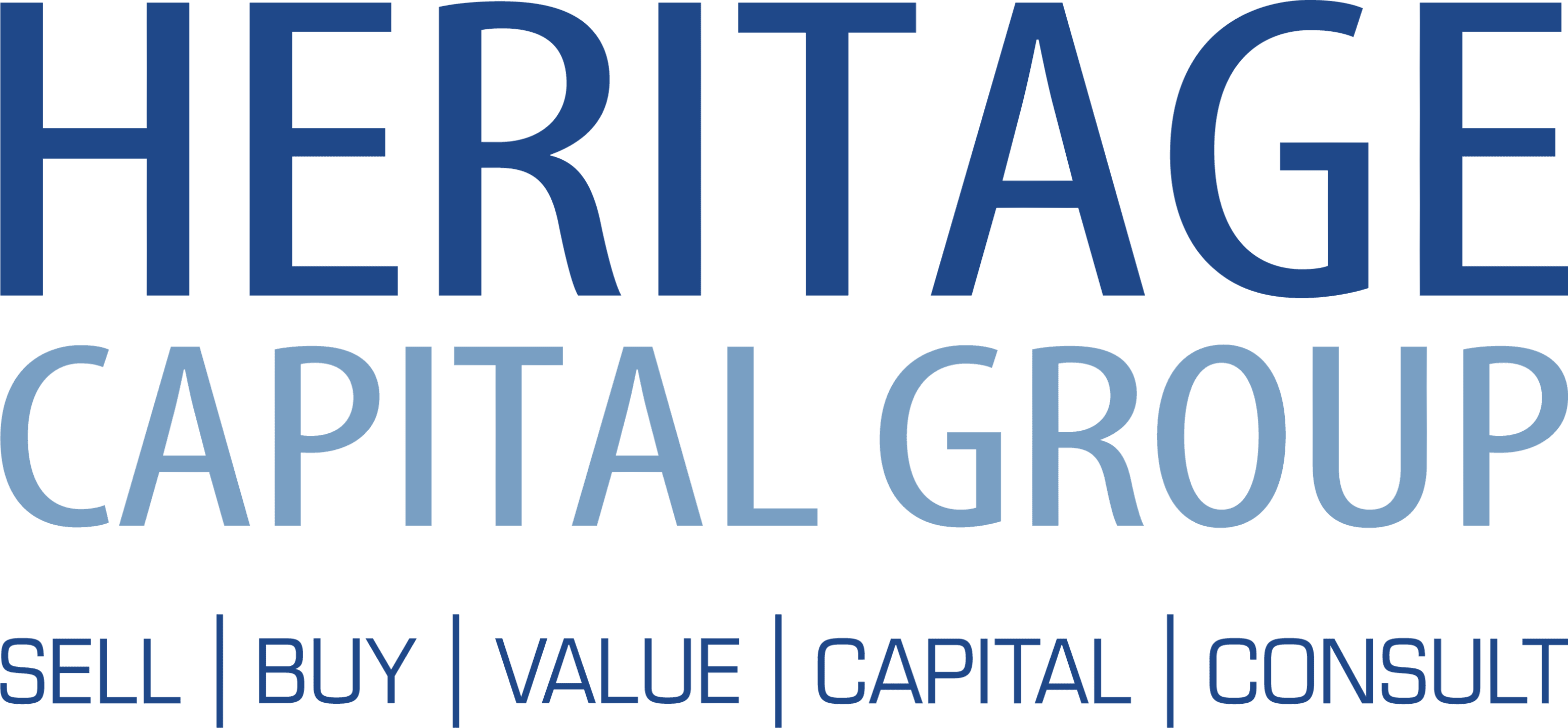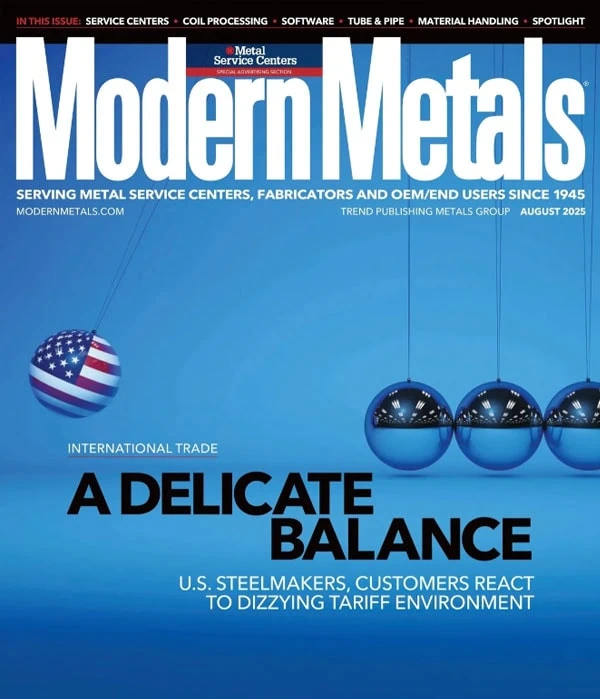John Montgomery, principal at Heritage Capital Group, spoke with Modern Metals about M&A market conditions.
Q: Through the lens of your experience in metal service centers, how have M&A buyers’ needs changed over the years, and how are companies adapting?
M&A buyers are narrowing their focus and seeking companies that will directly enhance their operations and provide strategic advantages such as geographic expansion in growing parts of the U.S., diversifying customer bases, and expanding value-added processing capabilities. Today’s buyers seek companies that emphasize maximizing margins, efficient operations, and tight inventory management, resulting in financial stability and growth. Buyers also value management depth, succession planning, and operational excellence to ensure continuity and long-term growth.
Equally important is the cultural alignment between buyer and seller. This alignment is essential for a successful business post-transaction, including retaining talent, maintaining customer relationships, and ensuring seamless integration. The most attractive acquisition targets are taking proactive steps by investing in automation, broadening their service offerings, strengthening leadership teams, and cultivating cohesive cultures to enhance their appeal in today’s competitive M&A environment.
Q: What challenges are shaping sentiment in the current M&A market?
Several key challenges shape the M&A market for metal service centers. Higher interest rates and increased borrowing costs are impacting deal activity, with lenders applying greater scrutiny to transactions. Hiring and talent retention remain top concerns, with buyers placing a premium on companies that have strong management and experienced staff to ensure continuity and stability. Safety also plays a major role; a strong safety culture and track record are essential to operating effectively and supports a smooth post-deal integration.
Succession planning is especially important for family-owned and smaller service centers. The absence of a clear transition plan can lower buyer interest, while well-developed leadership pipelines make companies more attractive. To stand out in today’s selective market, sellers must invest in operational excellence, safety, and transparency.
Q: What’s expected to drive M&A activity in the second half of 2025, and what will buyers prioritize?
We anticipate more deal announcements in the second half of 2025 compared to the first half as the market seeks to establish equilibrium. Buyers want to scale, increase their share of wallet with key accounts, expand capabilities, and add value-added processing. Over the next few years, sectors such as nonresidential construction, infrastructure, and energy are expected to remain strong.
What makes a company attractive in this environment? It starts with strategic alignment, where the acquisition target fills a service gap or expands the buyer’s capabilities. A strong leadership team, a loyal customer base, and operational efficiency are key drivers of earnings that are both consistent and steadily growing. These factors contribute to a profitable business with strong returns on assets. Buyers also want to see succession plans and evidence of adaptability to shifting market conditions.
Q: Are there specific “hot spots” for metals market activity in the U.S.?
While the Midwest remains a key region due to its strong ties to the automotive and heavy manufacturing industries, the most significant growth is occurring in the Southeast and Southwest, particularly in states such as Texas, Georgia, and Florida. These areas are benefiting from rapid population growth, robust construction activity, and major investments in logistics infrastructure. There’s also a rising demand for nonresidential construction, especially in regions with growing tech hubs and distribution networks, such as data centers, warehouses, and mixed-use industrial developments near key transportation corridors.
Beyond geographic trends, value-added processing remains a significant differentiator in the metals industry. Metal buyers and end-users increasingly prefer suppliers that offer more than basic distribution; services like precision cutting, forming, and finishing help reduce lead times and boost efficiency. As a result, metals companies with integrated processing capabilities are gaining a competitive edge in today’s market.
Q: Why is culture considered one of the most powerful drivers of business performance and market attractiveness?
Culture influences and shapes every aspect of a business, from the products offered and the customers served to the people hired and the facilities built. It drives daily operations, supports talent retention, and strengthens customer relationships, all while reinforcing a company’s market reputation. Buyers seek organizations with clear goals and values, engaged teams, and cultural alignment throughout the organization. These set the stage for a business that produces superior financial returns for both the current ownership group and the acquiring firm.
View the complete article in Modern Metals magazine here.

